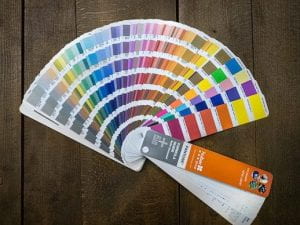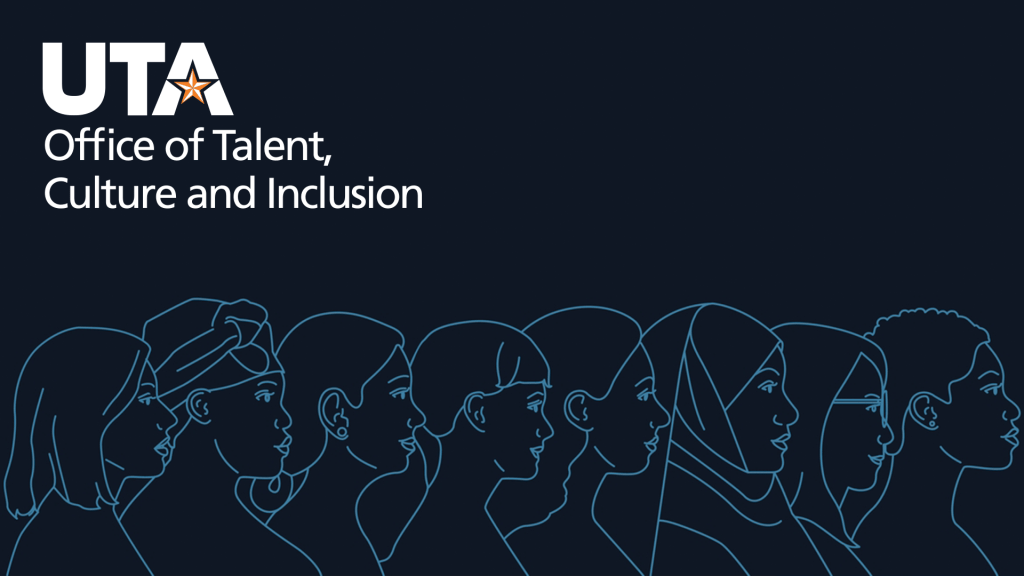Digital Graphics
Promote your service, project, or event with digital graphics.
- Teams: We offer graphics to post in Teams channels, chats, or teams.
- Social Media: We make graphics for use on social media outlets. Unit logos are required.
- Websites: We create graphics to add to webpages (CampusPress, Cascade, and Sitecore.)
- Email: We offer graphics to add to emails. (See this short video on why text in email graphics should be brief.)
- MavWire: We create graphics to pair with announcements for MavWire (and other newsletters.)
If you would like all of these graphics, request a Communication Kit instead.
We need the following information with each request for digital graphics:
- what you would like the graphic to look like
- what text you would like on the graphic (text should be no more than 140 characters)
- when you need to review a first draft of the graphic
Please note that QR codes are typically excluded from these digital graphics due to the need to prioritize all available space for legible text, and because those viewing the graphic on their computer are unlikely to want to pull it up on their phone. Those viewing on their phone cannot scan a QR code from the webpage, email, or application where the graphic is displayed.
Teams Backgrounds
We create virtual backgrounds for Teams.
OCI Creative Services will provide the graphics and users can learn how to install them on the OIT website.
Digital Signage
We create graphics for the Apogee-managed monitors in staff-facing areas only. These are located in:
Users make their own digital signage reservations and choose the correct building and monitor.
“Requests will be taken on a first-come, first-served basis and scheduled based on availability. The ad MUST be submitted at least five (5) working days prior to the preferred posting date. If the advertisement is not received by the deadline, it is possible your ad may not run. Ads may run for the maximum of ten (10) days but may not run past the event date.” – requirements (from the Apogee website)
Digital signage must follow the standards set by EIR Accessibility.
Digital signage is best thought of as a billboard (not a brochure!) QR codes are recommended for digital signage, along with “GO” URLs to direct users to more information. We can create these on your behalf.
We need the following information with each request for digital graphics:
- what you would like the graphic to look like
- what text you would like on the graphic
- the target for any hyperlinks to be included
- when you need to review a first draft of the graphic
Decorative Icons
We can create custom icons for use with artwork, emails, documents, and websites.
OCI Creative Services will provide the graphics and instructions on usage.
User Interface Icons
We create icons for various user interfaces including MyMav and MyApps
- MyApps: 215×215 px PNG-8 for 8-bit; limited or no text – the images are scaled to 64px and the tiles have labels already
- MyMav: 16×16 px SVG or PNG icons
OCI Creative Services will coordinate with OIT to get the graphics added where applicable.
Digital Publications
Digital publications are magazines, reports, briefings, or other multipage documents.
They are saved as PDFs and hosted online. They can also be printed. They must be accessible.
Publications are professionally designed and not editable by users. (See Self-Serve Resources if you want to create a Word publication that you can maintain independently.)
Digital PDF publications are not a replacement for webpages. Good user experience design prioritizes the users’ needs and gets them the information they need as quickly as possible. If we can avoid “burying things in a PDF,” we should do so. However, there are things PDFs can do that websites cannot. The correct choice depends upon your project goals.
Review what PDFs and websites can do to determine the best choice for your project.
| Feature | Webpage | |
| Interactive Elements (hyperlinks, phone numbers, text or page anchors, et cetera) | Yes. | Yes. |
| Printable | Not well. Most webpages print poorly. | Yes – beautifully, and professionally. |
| Accessible | HTML is the most accessible format. | A PDF is the second most accessible format– assuming it is designed properly. |
| Responsive on different size devices | Yes. The user can customize the way they want to view the information through their browser settings. | No. PDFs are fixed sizes (for example, the size of a sheet of paper or a slide.) Users have some control on text reflow and zoom settings but not as seamlessly as they do on websites. |
| Photos and visuals | Yes. | Yes. |
| Video | Yes. | Yes, but not very well – a bit convoluted to get them to play and increases the file size significantly. |
| Accessible Infographics | Yes – if prepared properly and presented in (2) formats – live text and visual. | Yes, within the same document and in (1) format. |
| Easy for users to access? | Yes. It requires only (1) click to open the webpage and read it. | Sort of. It depends on the user. Users must click a link to get to the PDF. Click to access the PDF. Click to download the PDF, then find the PDF on their computer. Or, wait for the PDF to pass the virus scanner in email. Open the PDF. Save a copy of the PDF, and then find the PDF on their computer. |
| Quick to update? | Yes. Websites can be updated dynamically and are are responsive, so the text simply reflows. | No. PDFs are dependent upon a page size, so the entire layout often has to be reworked to accommodate new text. The entire accessibility process has to be redone on each new version. |
| Who can update? | Anyone with website access and CMS training can make updates. | Those with specialized skillsets build accessible PDFs. |
| Easy to maintain version control? | Yes. Updates overwrite what is already on the webpage, so the information is always current. | No. New versions must be published, and users have to be told to delete the old one and access the new one. |
| Looks good on mobile | Yes, because the site is responsive. | Not really. It’s a document, and you have to download it on your phone and then go find the PDF in your files. |
| Limitless design options | No. UTA webpages are constrained by Sitecore components. We cannot offer custom web design. | Unlimited creative options within the bounds of accessibility and brand compliance. |
This article from Digital Gov offers reasons PDFs may be convoluted for users.
This article provides instructions how to configure your browser to automatically open PDFs in Acrobat.
Digital Flyers
Digital flyers are letter-size documents to highlight an announcement, event or service.
They are saved as PDFs and hosted online. They can also be printed. They must be accessible.
Digital flyers are professionally designed and not editable by users. (See Effective Flyers if you want to create an accessible flyer that you can maintain independently.)
Digital flyers are not a replacement for webpages. Good user experience design prioritizes the users’ needs and gets them the information they need as quickly as possible. If we can avoid “burying things in a PDF,” we should do so.

Timeline
We need a minimum of two weeks‘ notice to schedule work. (Vendors may need advance notice for manufactured items. )
We cannot start until after we receive complete and final text and elements.
- Review the services we offer.
- Use Guiding Questions to provide details for projects.
- See status updates on your request.











































